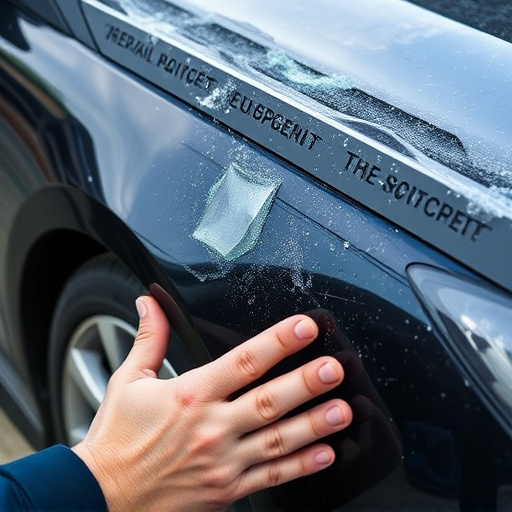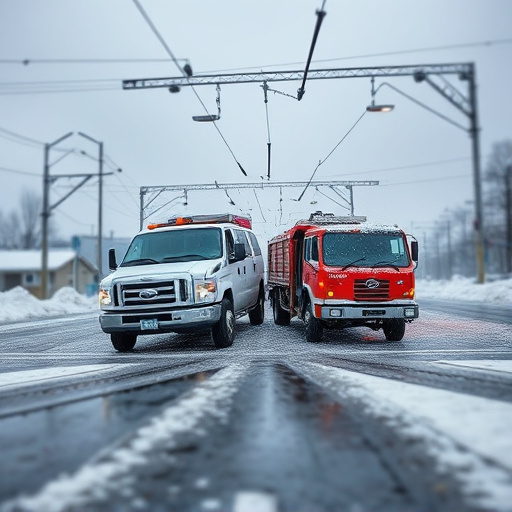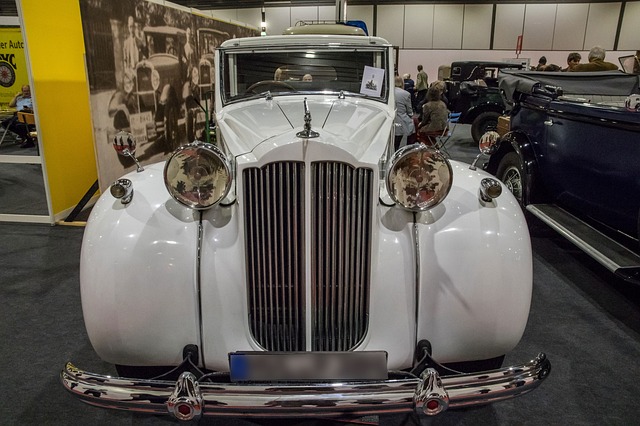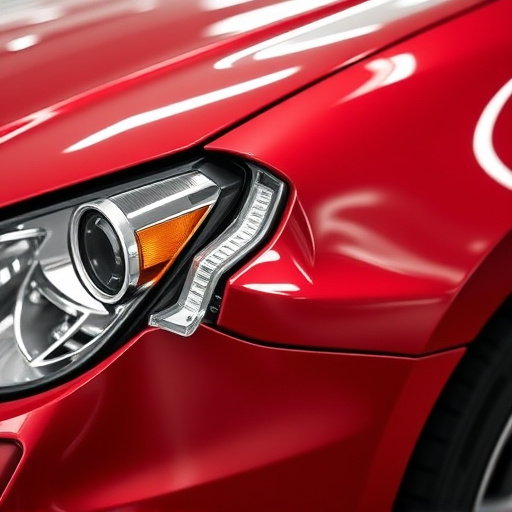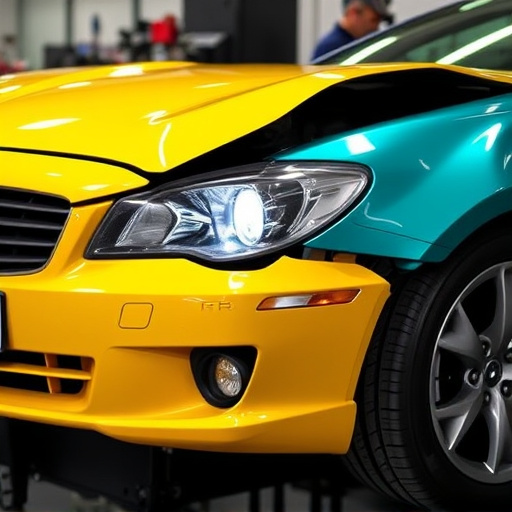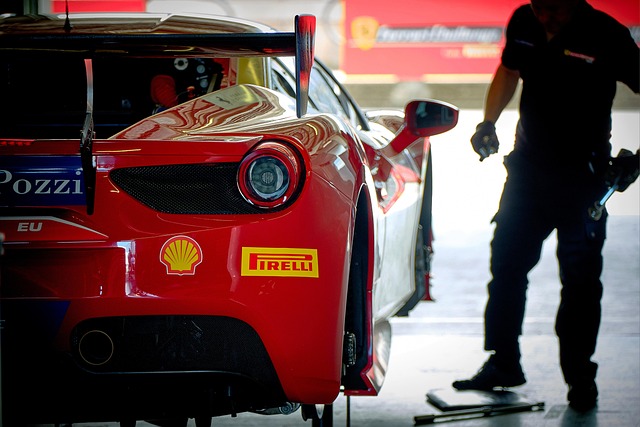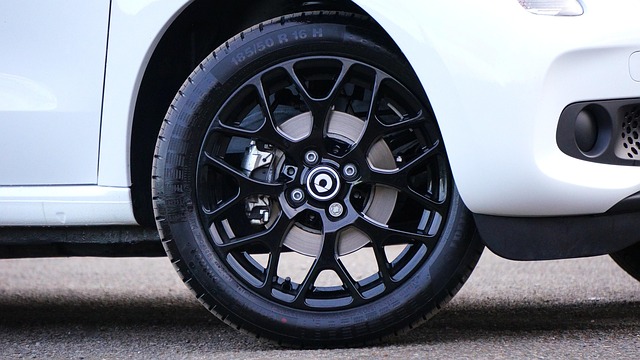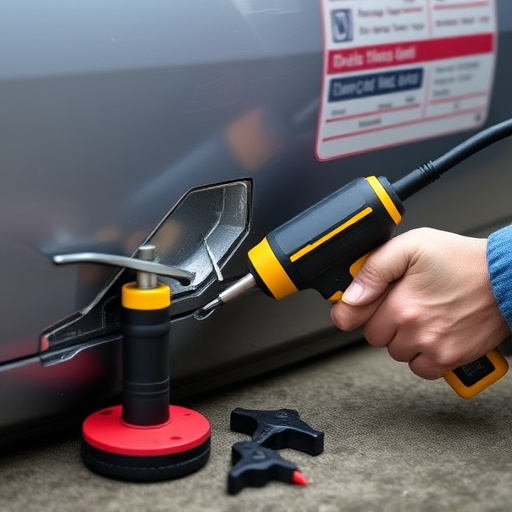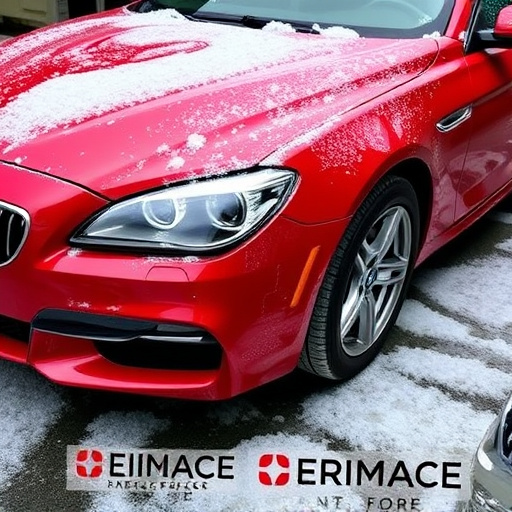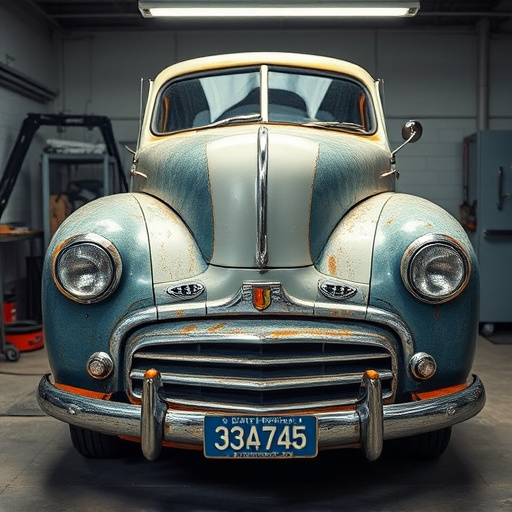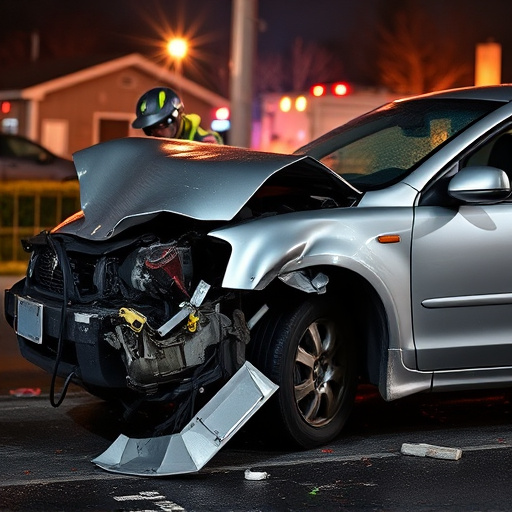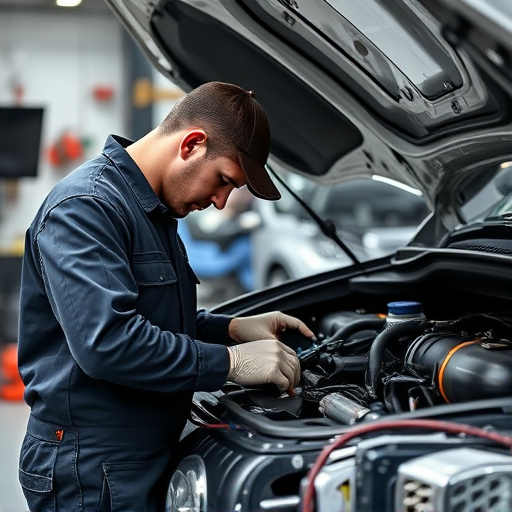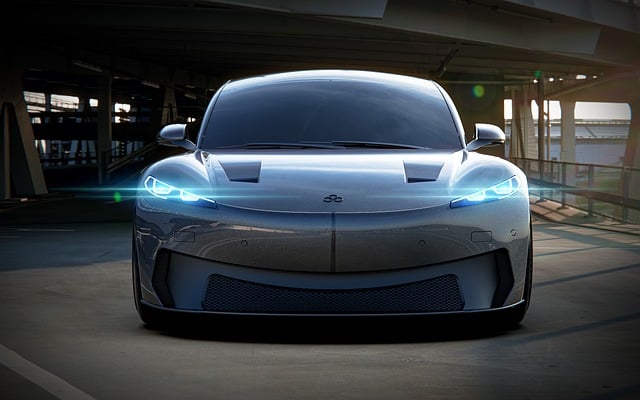The future of Model S collision centers is being reshaped by autonomous repair technologies, featuring robotics and AI for efficient dent removal, precise paint jobs, and cost savings. These innovations aim to cut turnaround times and improve quality, benefiting both collision centers and customers with streamlined, high-quality services. 3D printing further enhances the process, offering on-demand custom parts.
The future of Model S collision centers is shaped by innovative technologies aiming to revolutionize automotive repair. From autonomous repair technologies promising faster, more precise fixes to digital transformation enhancing customer experiences through streamlined services, these advancements redefine traditional collision center operations. Additionally, sustainability initiatives prioritize eco-friendly practices, incorporating green materials and energy-efficient solutions. This article explores these trends, delving into the potential of autonomous systems, the power of digital tools, and the commitment to a greener future for Model S collision centers.
- Advancements in Autonomous Repair Technologies for Model S Collision Centers
- – Overview of autonomous repair systems and their potential impact on collision centers
- – Key technologies driving automation in vehicle body repair and painting
Advancements in Autonomous Repair Technologies for Model S Collision Centers

The future of Model S collision centers is set to be revolutionized by advancements in autonomous repair technologies. These cutting-edge systems are designed to streamline and automate various aspects of auto collision repair, from initial damage assessment to precise dent removal and intricate car paint repair. By leveraging advanced robotics and artificial intelligence, these technologies can significantly enhance efficiency while reducing human error, leading to faster turnaround times and higher quality outcomes for customers.
Autonomous repair solutions offer several key benefits for Model S collision centers. They can precisely locate and correct minor dents and scratches using smart algorithms, eliminating the need for manual labor in these tasks. Additionally, advanced robotic arms equipped with delicate tools can perform intricate car paint repair, ensuring a seamless finish that matches the original specifications of the vehicle. This level of automation not only reduces operational costs but also contributes to safer working conditions by minimizing exposure to potentially hazardous materials and environments.
– Overview of autonomous repair systems and their potential impact on collision centers

The future of Model S collision centers is set to be revolutionized by autonomous repair systems, also known as automated or robotic repair processes. These cutting-edge technologies have the potential to transform the way auto body repair and car damage restoration are conducted in these facilities. By employing advanced robotics and artificial intelligence, autonomous repair systems can streamline various aspects of the collision center operations, from initial vehicle assessment to final quality control checks.
One of the most significant impacts is expected to be seen in efficiency and productivity gains. Autonomous systems can handle repetitive tasks with precision and speed, reducing human error and labor costs. This shift could lead to faster turnaround times for car damage repair services, enhancing customer satisfaction in the automotive body shop. Moreover, these technologies may enable specialized services previously accessible only in large metropolitan areas to be offered in smaller communities, bridging the gap in access to high-quality auto body repair.
– Key technologies driving automation in vehicle body repair and painting

The future of Model S collision centers is being reshaped by a wave of advanced technologies aimed at automating vehicle body repair and painting processes. Key drivers include artificial intelligence (AI) for precise damage assessment, robotic systems for streamlining painting applications, and 3D printing for complex panel replacements. These innovations promise to enhance efficiency, reduce human error, and lower costs significantly, marking a paradigm shift in the traditional auto bodywork process.
For instance, AI-powered robots can detect even minute car dents or scratches with remarkable accuracy, enabling targeted and efficient repairs. Automated painting systems leverage advanced robotics to apply paint evenly and precisely, minimizing wastage and ensuring top-notch finishes. Furthermore, 3D printing technology allows for on-demand creation of custom auto body parts, eliminating the need for lengthy manufacturing cycles and enhancing the overall repair experience at Model S collision centers.
As we look towards the future, Model S collision centers can expect significant transformations driven by advancements in autonomous repair technologies. These innovations promise not only to enhance efficiency and productivity but also to reshape the overall customer experience. With automated systems taking on more tasks, collision centers will be able to reduce turnaround times, minimize human error, and offer more personalized services. Embracing these trends will ensure that Model S collision centers remain competitive and meet the evolving demands of the automotive industry.


